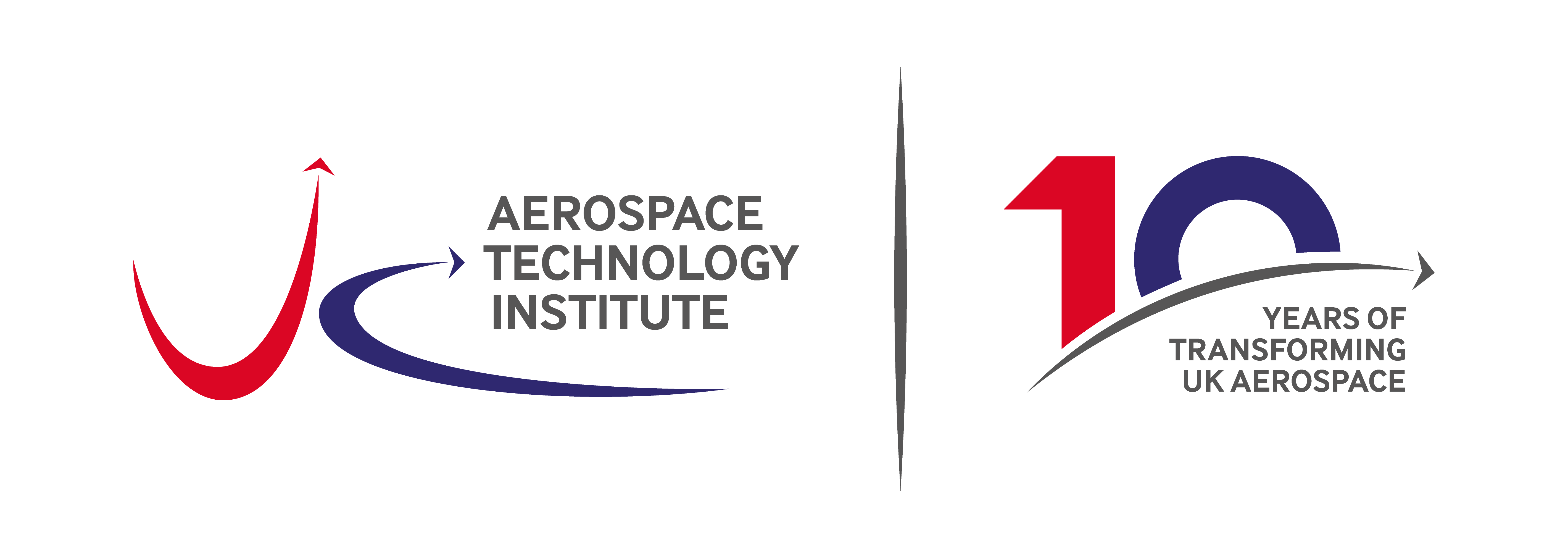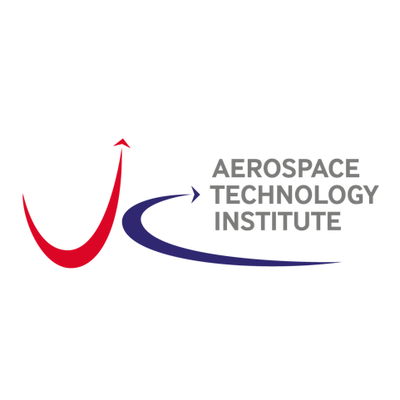Hydrogen Capability Network – the cryogenic hydrogen research landscape
Huw Edwards, Hydrogen Cryogenic Specialist at the ATI’s Hydrogen Capability Network, discusses the process of identifying gaps and priority areas for UK aerospace in the cryogenic hydrogen research landscape.
Research
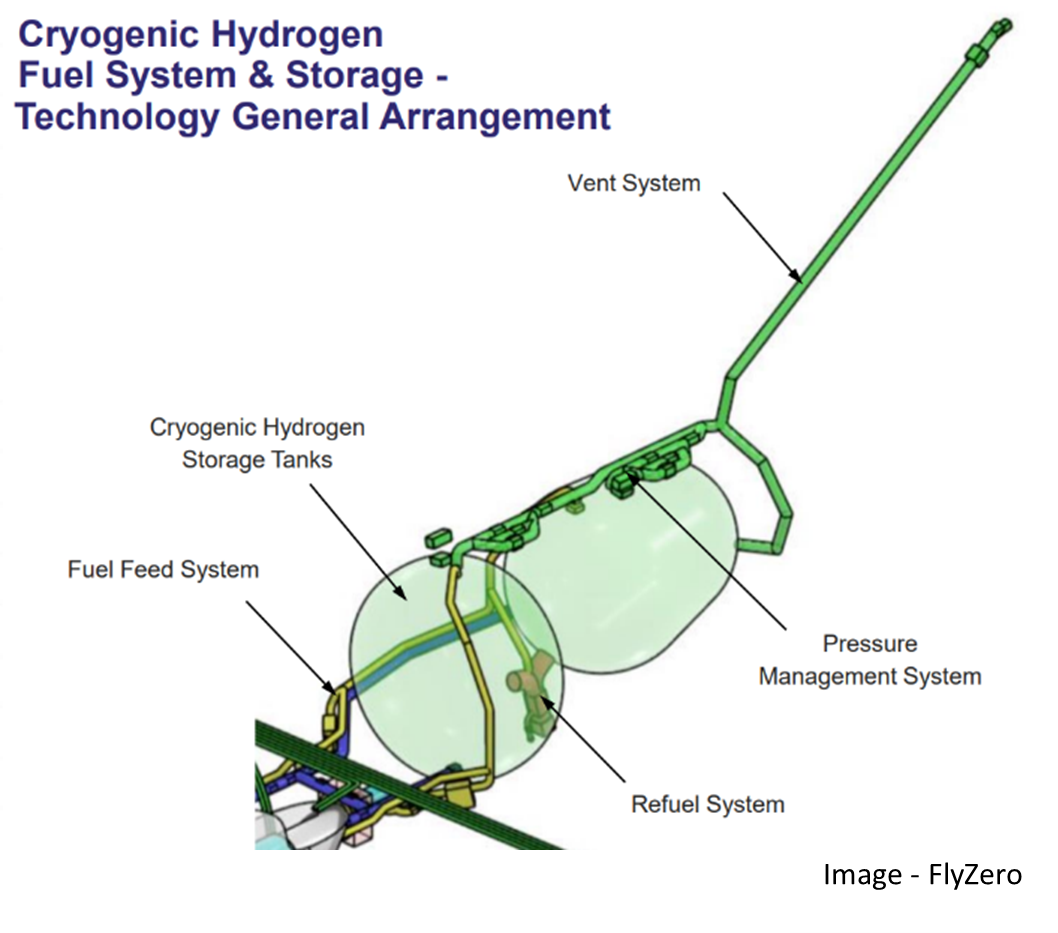 One of the key areas of focus for the initial phase of the ATI’s Hydrogen Capability Network (HCN) has been the cryogenic hydrogen research landscape – specifically identifying the key gaps in knowledge and fundamental research that are limiting the development of a liquid hydrogen commercial aircraft.
One of the key areas of focus for the initial phase of the ATI’s Hydrogen Capability Network (HCN) has been the cryogenic hydrogen research landscape – specifically identifying the key gaps in knowledge and fundamental research that are limiting the development of a liquid hydrogen commercial aircraft.
Our initial focus has been on the aircraft fuel system, as we feel this is the most disruptive and least mature technology. The use of liquid hydrogen to date has been limited across all industries and there are a multitude of requirements in aircraft fuel systems that are new to liquid and cryogenic fluid management.
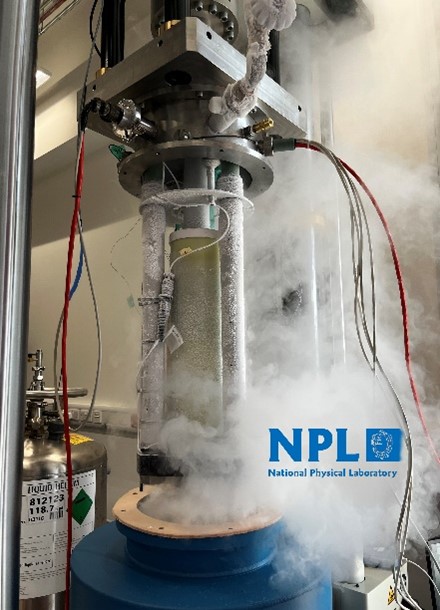 Materials testing
Materials testing
Very early on it became clear that one of the key factors limiting technology development in the UK is the lack of material property data for materials at liquid hydrogen conditions, and compounding this is the lack of validated or standardised test methods to generate this data. For the current ambitions of industry to bring aircraft into service by 2035 many cryogenic technologies need to achieve TRL 6 before 2030. This means materials testing and standards need to be developed as soon as possible.
The development of standards and test methods is a non-competitive area, which means it can be carried out collaboratively and bring the entire industrial and research community together. Building this knowledge will benefit the entire UK supply chain, unlock further R&D and build a broader UK skills base around cryogenics and LH2.
To tackle materials testing we have worked in partnership with the National Physical Laboratory (NPL) and interfaced with industry and academia to develop a research programme on Cryogenic Hydrogen Materials Testing Standards (CHyMES). The CHyMES project is a 4-year collaborative strategic research programme with the objectives of developing, validating and standardising materials test methods – and to provide the UK supply chain with these methods, initial material property data and enhanced knowledge around cryogenics. We will continue the partnership with NPL to co-lead the programme and work across universities and other research organisations to deliver this work.
As part of our analysis around cryogenic material testing, the HCN is also co-authoring a report with NPL to provide an overview of the international landscape in this area. This will be published later this year but an overview of the recent collaboration can be found here.
Further strategic research
Having identified materials test methods as a critical gap, we began to survey the rest of the landscape to identify other key gaps. We held workshops and consultations with industry and academia, and concluded that an overarching strategy is needed to align cryogenics and LH2 research activity with the sector’s industrial requirements.
Through those workshops, the HCN has highlighted the following topics as priority strategic research areas that the UK needs to develop. Over the next 12 months we will be working with subject matter experts to scope and develop research projects in the following areas:
- Cryogenic Hydrogen Thermofluids
- Cryogenic Hydrogen Health and Safety
- Fundamental Materials Behaviour in Cryogenic Hydrogen Environments
Alongside this, we will be designing a longer-term joint funding programme to support priority research topics that might arise in the future. We will continue working with colleagues in EPSRC, UKRI and other organisations who will help shape this longer-term vision.
To find out more about our work developing the UK’s research base and how we came to these conclusions, the following report is available to read and download:
- The HCN’s Research Proposal provides an overview of the case for intervention in this area as well as the HCN’s plan of action through Phase 1 and beyond.
